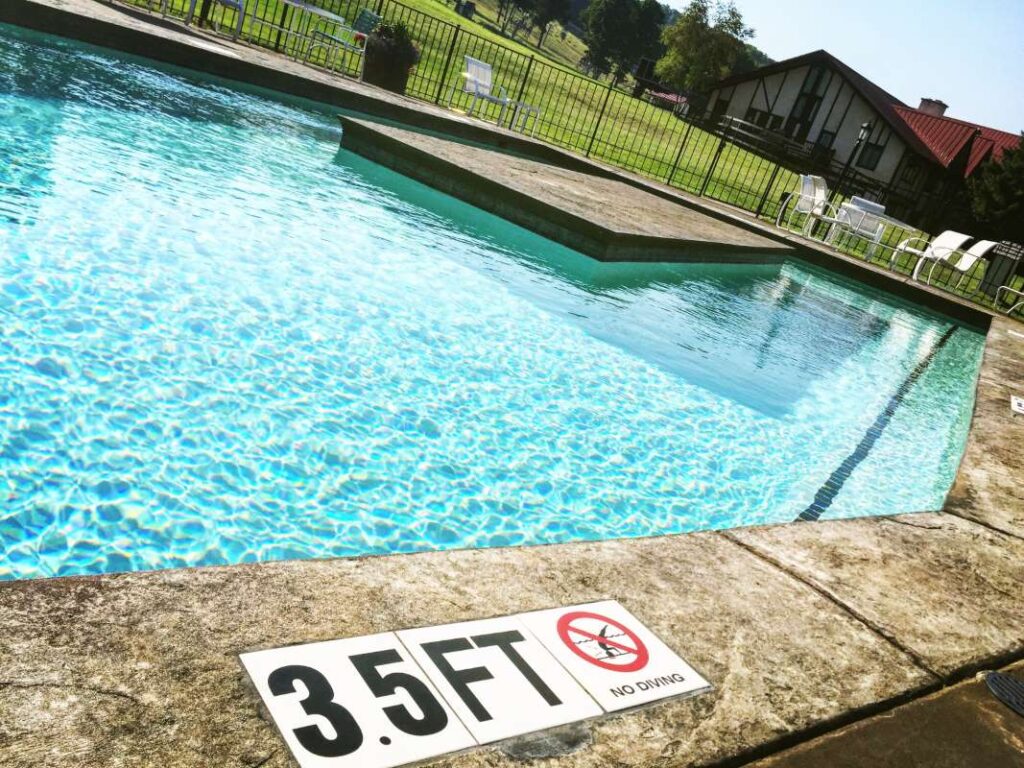Why You Should Start Using Tax Settings Today
Tax settings are a crucial yet often overlooked aspect of running a business. They not only ensure compliance with legal requirements but also enhance overall financial management. In this blog post, we will explore the various benefits of implementing tax settings in your operations, the potential pitfalls of neglecting them, and practical steps to get started. Whether you are a small business owner or part of a larger organization, understanding tax settings can save you time, money, and stress in the long run.
Understanding Tax Settings
Tax settings refer to the configurations within your accounting or billing software that determine how taxes are calculated, applied, and reported. These settings can vary greatly depending on your location, the nature of your business, and the services you provide. For example, a pool service business may have different sales tax obligations compared to a retail store.
Having the correct tax settings in place is not just about meeting regulatory requirements; it can also significantly impact your pricing, profit margins, and customer relationships. Proper tax management can streamline billing processes, ensuring that clients are charged accurately while also simplifying your own accounting practices.
The Importance of Compliance
One of the primary reasons to start using tax settings today is to ensure compliance with tax laws. Each state, and sometimes even municipalities, have specific tax regulations that businesses must adhere to. Failing to comply can lead to costly penalties, audits, and even damage to your business reputation.
For instance, if your pool service business fails to collect the appropriate sales tax on services rendered, you might find yourself on the receiving end of a hefty fine from the state tax authority. Moreover, maintaining accurate records of tax collected and paid is essential for annual tax filings, providing a clear picture of your financial obligations.
Enhancing Accuracy and Reducing Errors
Manual calculations and billing processes are prone to errors, and financial mistakes can be costly. Utilizing tax settings within your billing software can help automate calculations, ensuring that taxes are applied consistently and accurately every time.
For example, EZ Pool Biller, a leading [pool service software](https://ezpoolbiller.com/) solution, offers automated tax settings that eliminate the guesswork involved in calculating sales tax. This not only reduces human error but also allows you to focus more on providing excellent service rather than worrying about billing discrepancies.
Streamlining Invoicing Processes
Another significant advantage of using tax settings is the ability to streamline your invoicing processes. With accurate tax calculations integrated into your billing platform, you can generate invoices quickly and efficiently. This is especially important for pool service companies that may handle multiple clients and need to send out invoices regularly.
When you automate your invoicing with proper tax settings, you not only improve efficiency but also enhance professionalism. Customers appreciate receiving clear and concise invoices that reflect accurate charges, fostering trust and encouraging timely payments. Choosing a reliable [pool route software](https://ezpoolbiller.com/) can make this process even smoother.
Improving Financial Planning and Reporting
Implementing tax settings allows for better financial planning and reporting. By having a clear understanding of the taxes you owe, you can budget more effectively and avoid unexpected financial surprises. This foresight is especially beneficial for small businesses that operate on tight budgets.
Additionally, accurate tax records can improve your financial reporting. Most accounting software, including EZ Pool Biller, provides comprehensive reporting features that allow you to view detailed insights into your tax obligations, helping you make informed business decisions.
Best Practices for Setting Up Tax Settings
To effectively implement tax settings, it’s essential to follow some best practices. Start by researching the tax requirements specific to your business and industry. This may involve consulting with a tax professional to ensure compliance and accuracy. Once you have a clear understanding, you can configure your software accordingly.
Moreover, regularly review and update your tax settings to reflect any changes in legislation or your business operations. For example, if you expand your services to new locations, ensure that your tax settings accommodate the different tax rates applicable in those areas. This ongoing diligence will save you time and prevent complications down the line.
Leveraging Technology for Tax Management
In today’s digital age, leveraging technology for tax management is essential. Many modern accounting software solutions come equipped with built-in tax management features that can simplify the process significantly. Utilizing such tools can streamline your workflows and enhance accuracy.
For example, the [best software for pool companies](https://ezpoolbiller.com/) often includes modules specifically designed for tax settings, allowing users to easily configure rates and manage compliance. By integrating such technology into your business operations, you will save valuable time and resources.
Common Mistakes to Avoid
When it comes to tax settings, there are several common mistakes that businesses often make. One of the most significant is failing to keep up with changing tax laws. Tax regulations can change frequently, and it is vital to stay informed to avoid compliance issues.
Another common error is neglecting to customize tax settings to fit the unique needs of your business. Generic settings may not accurately reflect your tax obligations, leading to potential liabilities. Take the time to tailor your tax settings based on your specific situation, and consult with experts as needed.
Case Study: The Impact of Proper Tax Settings
To illustrate the importance of implementing tax settings, consider the case of a fictional pool service company, AquaClean Services. Initially, AquaClean struggled with inconsistent billing practices and frequent errors in tax calculations, leading to client dissatisfaction and financial stress.
After integrating EZ Pool Biller and properly configuring their tax settings, AquaClean saw a dramatic improvement in their invoicing process. Not only did they reduce billing errors by 70%, but they also improved cash flow due to faster invoice processing and payments. This transformation allowed AquaClean to focus more on providing quality service rather than managing billing headaches.
Conclusion
In conclusion, implementing tax settings is a critical step for any business, particularly for service-based industries like pool maintenance. By ensuring compliance, enhancing accuracy, and streamlining processes, tax settings can significantly improve your business operations.
Don’t overlook the importance of proper tax management. Start using tax settings today to optimize your billing processes, save time, and ultimately drive growth for your business. Consider exploring tools like EZ Pool Biller to simplify this essential aspect of your operations and take your business to the next level.




